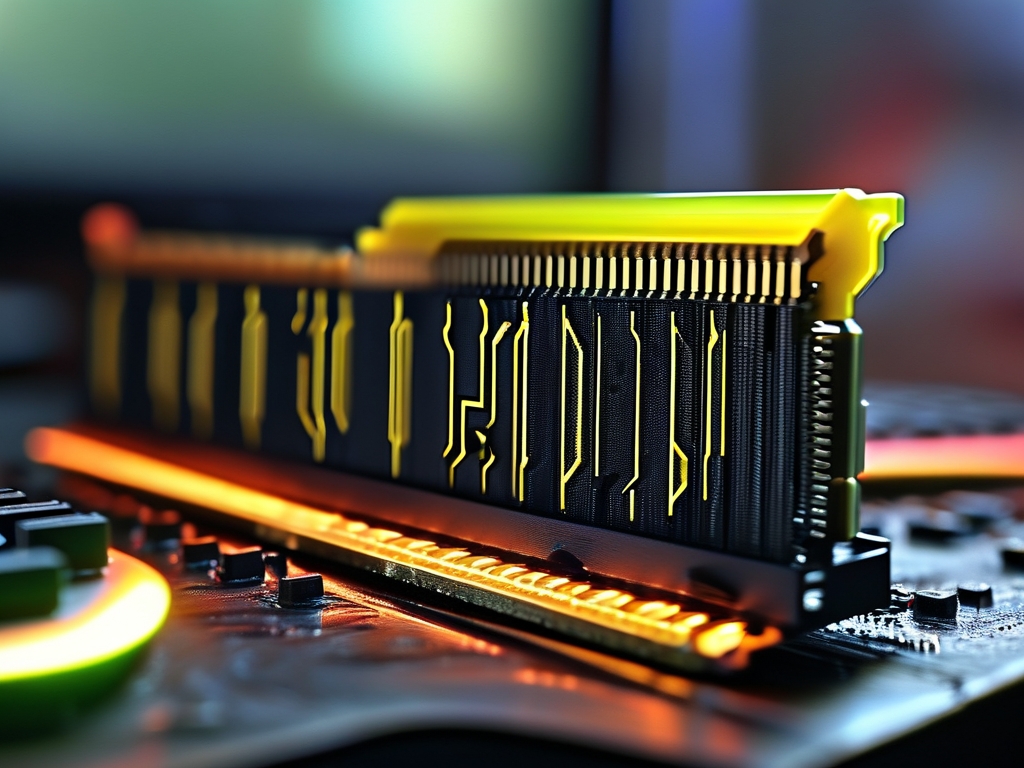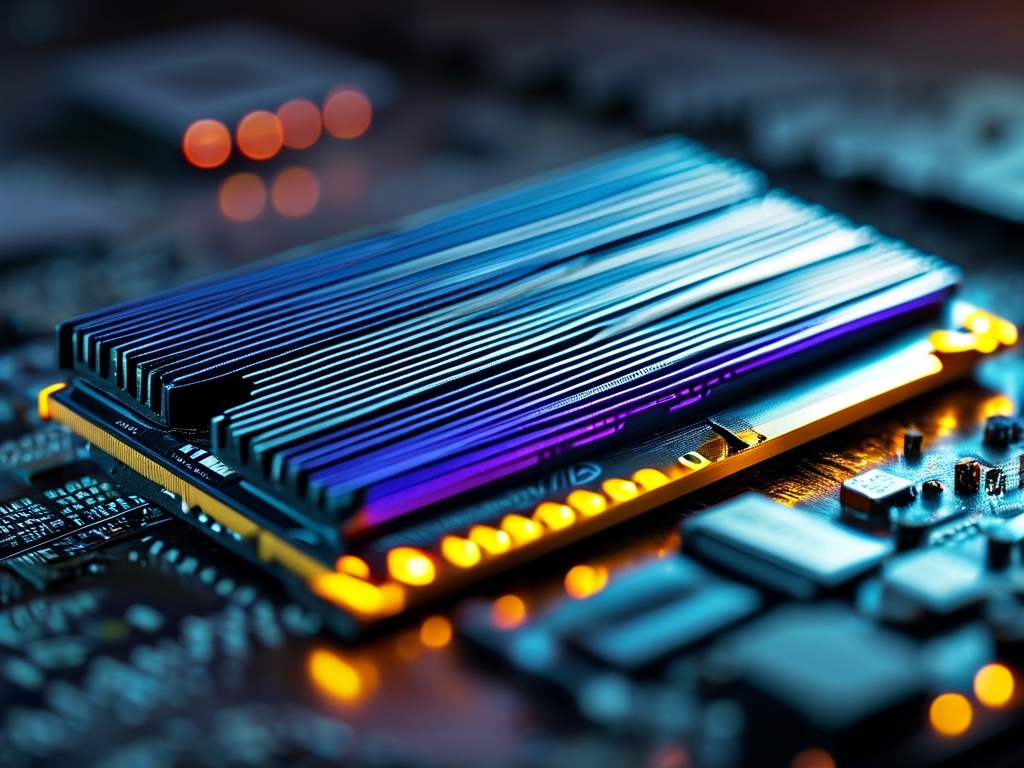The evolution of computer memory technology has consistently aimed at delivering faster data transfer rates, lower latency, and improved efficiency. Among the latest advancements in this field is DDR6 (Double Data Rate 6) memory, which promises significant performance gains over its predecessors. A critical aspect of DDR6’s capabilities lies in its frequency, a metric that directly impacts data throughput and system responsiveness. This article explores the technical foundations of DDR6 memory frequency, its calculation methods, and the practical implications for both consumers and industry professionals.

What is DDR6 Memory Frequency?
Memory frequency refers to the speed at which a memory module operates, measured in megahertz (MHz). For DDR6, this frequency determines how many data cycles the memory can complete per second. However, unlike older DDR standards, DDR6 introduces architectural improvements that allow it to achieve higher effective speeds while maintaining stability. The frequency is closely tied to the memory’s data transfer rate, which is often marketed as "effective speed" (e.g., DDR6-8000).

Calculating DDR6 Memory Frequency
To understand DDR6 frequency calculations, it’s essential to differentiate between the base clock speed and the effective data rate. DDR memory operates on a "double data rate" principle, meaning it transfers data twice per clock cycle—once on the rising edge and once on the falling edge of the clock signal. This effectively doubles the data rate compared to the base clock.
For example, if a DDR6 module has a base clock speed of 2000 MHz, its effective data rate would be:
[
\text{Effective Data Rate} = \text{Base Clock} \times 2 = 2000 \, \text{MHz} \times 2 = 4000 \, \text{MT/s} \, (\text{megatransfers per second}).
]
However, DDR6 further incorporates advancements such as quad-pumping (transferring four data units per cycle in certain configurations) and on-die error correction, which can influence practical performance metrics. Additionally, manufacturers often use Prefetch Architecture to optimize data access. DDR6’s prefetch buffer is expected to expand, allowing more data to be retrieved in a single cycle, thereby reducing latency.
Factors Influencing DDR6 Frequency
- Manufacturing Process: Smaller transistor sizes (e.g., 10nm or 7nm processes) enable higher clock speeds by reducing signal propagation delays.
- Voltage Regulation: DDR6 modules require precise voltage control to sustain high frequencies without overheating. Innovations in power delivery networks (PDNs) are critical here.
- Signal Integrity: At higher frequencies, electromagnetic interference (EMI) and crosstalk become significant challenges. Advanced PCB designs and shielding techniques are employed to mitigate these issues.
- Thermal Management: Heat dissipation is a limiting factor for sustained high-frequency operation. Solutions like integrated heat spreaders and dynamic frequency scaling are used to maintain stability.
Real-World Implications of DDR6 Frequency
Higher memory frequencies translate to faster data access for CPUs and GPUs, which is particularly beneficial for applications such as gaming, video editing, and artificial intelligence. For instance:
- Gaming: DDR6’s bandwidth reduces texture loading times and minimizes frame rate stuttering.
- Data Centers: Servers handling large-scale databases benefit from reduced query latency.
- AI/ML Workloads: Training neural networks requires rapid access to vast datasets, where DDR6’s speed accelerates model iteration.
However, there are trade-offs. Increased frequency often leads to higher power consumption and heat generation. DDR6 addresses this through adaptive voltage scaling and low-power states during idle periods.
Future Trends and Industry Adoption
The transition to DDR6 is expected to accelerate as next-generation CPUs and GPUs from companies like AMD, Intel, and NVIDIA adopt support for the standard. Industry analysts predict that DDR6 could achieve mainstream adoption by 2025, with frequencies surpassing 12,000 MT/s in premium modules.
DDR6 memory frequency represents a leap forward in computing performance, driven by innovative engineering and refined manufacturing processes. Understanding its calculation and implications empowers users to make informed decisions when upgrading systems or designing cutting-edge hardware. As the industry continues to push the boundaries of speed and efficiency, DDR6 stands as a cornerstone of modern computing.

